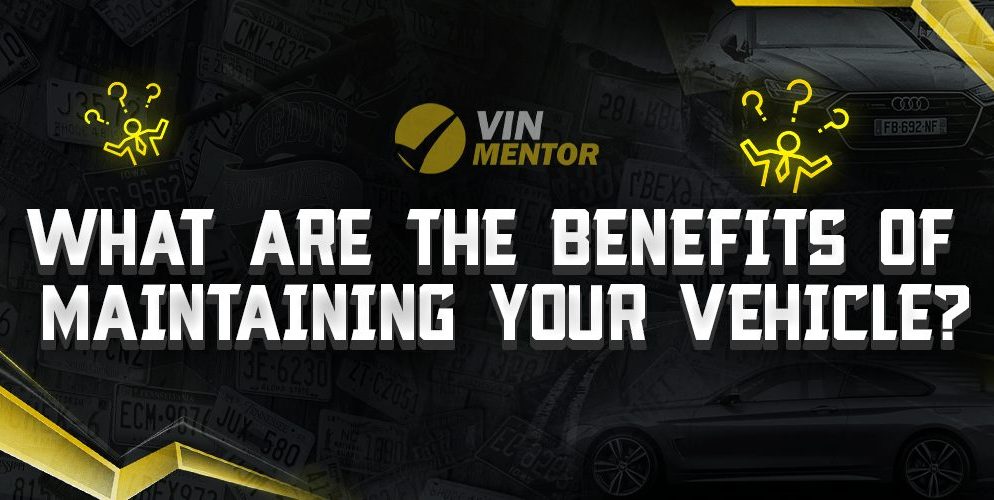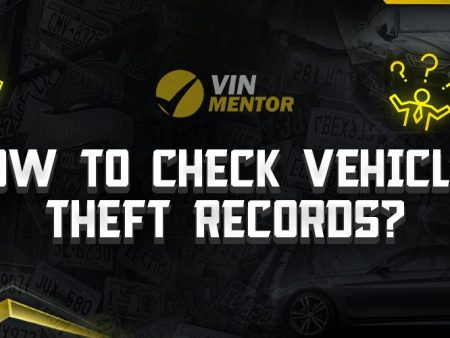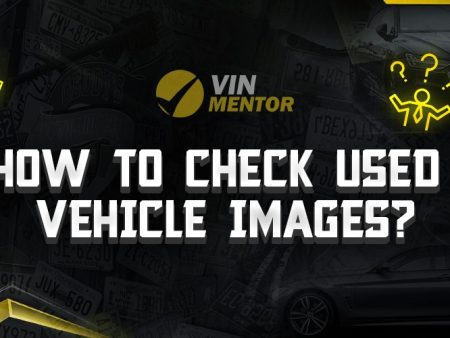

Are you wondering how to provide solid proof to the DMV that you have indeed sold your car? Selling a vehicle is a significant event that requires proper documentation to ensure a smooth transfer of ownership. In this article, we will explore several key strategies and resources that can assist you in proving the sale of your car to the DMV. Read on to discover the necessary steps you need to take to provide the required evidence.
Key Takeaways
- Ensure you have all the necessary paperwork, including title transfer documents, a detailed bill of sale, and copies of receipts and correspondence with the buyer.
- File a notice of transfer or release of liability with the DMV or relevant authorities to notify them that you are no longer the vehicle’s owner.
- Retain proof of payment, such as checks, bank transfers, or other forms of payment, to strengthen your case when proving the sale to the DMV.
- Consider notarizing the documents to add credibility and official verification to your claim.
- Utilize third-party verification services that provide comprehensive reports on the sale, including buyer information and sometimes vehicle history reports.
Proving the Sale of a Car: Essential Steps to Follow
We will delve into the essential steps you need to take to provide solid proof to the DMV, including gathering relevant documents, completing necessary forms, retaining proof of payment, considering notarization, and utilizing third-party verification services.
Gather all relevant documents
- Title transfer documents: Ensure you have the necessary paperwork to transfer the vehicle’s title to the new owner. This typically includes a bill of sale and a release of liability form.
- Bill of sale: Prepare a detailed bill of sale that includes the buyer and seller’s information, vehicle details (make, model, year, and VIN), sale price, date of sale, and signatures of both parties.
- Receipts and correspondence: Keep copies of any receipts, emails, text messages, or other communication exchanged between you and the buyer, as they may serve as valuable evidence.
Complete a notice of transfer or release of liability
Many states require sellers to file a notice of transfer or release of liability with the DMV or relevant authorities. This document notifies them that you are no longer the vehicle’s owner and helps protect you from any potential liabilities associated with the car after the sale.
Retain proof of payment
Keep a record of the payment received from the buyer. This can include a check, bank transfer, or any other form of payment. Having evidence of payment will strengthen your case when proving the sale to the DMV.
Consider notarizing the documents
Although notarization may not be a legal requirement in all states, getting the bill of sale and other relevant documents notarized adds an extra layer of credibility to your claim. Notarization provides an official verification of the authenticity of the documents and the parties involved.
Utilize third-party verification services
To further bolster your case, you can consider using online platforms or services that provide verification of the vehicle’s sale. These services often offer comprehensive reports, including the buyer’s information, sale details, and sometimes even vehicle history reports.
Conclusion
Proving to the DMV that you have sold a car requires careful preparation and documentation. By following the steps outlined in this article, such as gathering relevant documents, completing necessary forms, retaining proof of payment, considering notarization, and utilizing third-party verification services, you can effectively provide evidence of the sale to the DMV. Additionally, to ensure the accuracy of your information and avoid potential scams or hidden problems, we recommend conducting a VIN check using reliable websites from our recommended best VIN Check Websites list.
FAQ
Why is it important to prove the sale of a car to the DMV?
Proving the sale to the DMV protects the seller from potential liabilities associated with the vehicle after the sale.
What documents do I need to gather to prove the sale?
You should gather title transfer documents, a detailed bill of sale, receipts, and correspondence with the buyer.
What is a notice of transfer or release of liability, and why do I need to file it?
This notice informs the DMV that you are no longer the owner of the vehicle, protecting you from future issues. It is required in many states.
How can I strengthen my case when proving the sale to the DMV?
Retain proof of payment, consider notarizing the documents for added credibility, and utilize third-party verification services for comprehensive reports.
Do I need to notarize the documents?
While notarization may not be a legal requirement in all states, it adds an extra layer of credibility to your claim.
Are there any online services that can help with verifying the sale?
Yes, there are third-party verification services that provide comprehensive reports, including buyer information and sometimes vehicle history reports.
Where can I find more information specific to my state?
It is advisable to visit your local DMV website or contact them directly for precise instructions and state-specific requirements.
Why is accuracy important when providing evidence to the DMV?
Accurate information and conducting a VIN check help ensure the authenticity of the transaction and protect against potential scams or hidden problems.
What if I have already misplaced some of the necessary documents?
It’s best to consult with your local DMV for guidance on how to proceed and what alternative documentation may be acceptable.












